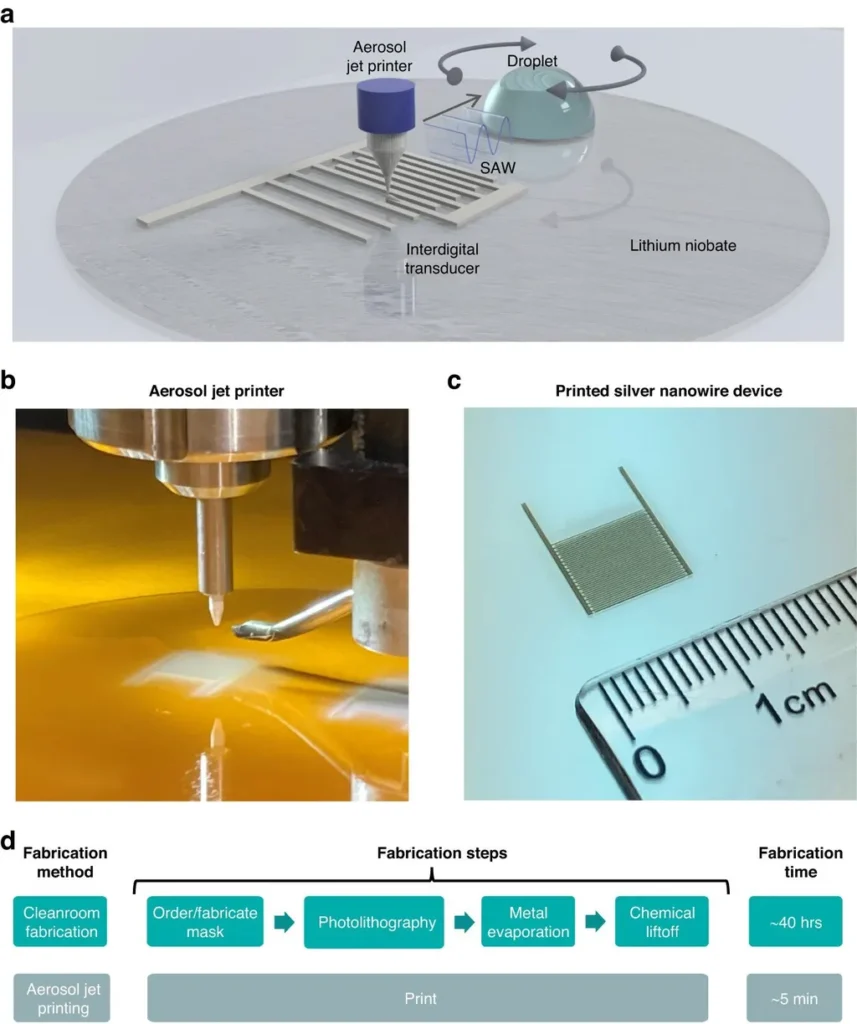In the heart of Italy, researchers at the University of Bari Aldo Moro have made a significant stride in the world of microfluidics, potentially revolutionizing point-of-care diagnostics and other industries. Stefania Caragnano, leading a team at the Dipartimento Interateneo di Fisica Michelangelo Merlin, has pioneered a novel fabrication technique for Lab-on-a-Chip devices using femtosecond lasers. This innovation, detailed in a recent study published in ‘Macromolecular Materials and Engineering’ (or ‘Makromolekulare Materialien und Ingenieurwesen’ in German), could reshape how we approach particle separation and analysis in various sectors, including energy.
The team’s breakthrough lies in their unique use of scanning speed as the sole laser control parameter, a strategy not previously reported. This approach ensures reproducibility, rapid processing, and exceptional precision, making it a highly efficient and scalable solution for Lab-on-a-Chip production. “Our method is not just about creating a device; it’s about optimizing the entire fabrication process,” Caragnano explains. “We’ve demonstrated that by controlling the laser’s scanning speed, we can achieve remarkable precision and efficiency.”
The device fabricated using this technique is a microfluidic chip with a trapezoidal cross-section, designed for size-based particle separation. Using polymethylmethacrylate (PMMA), a low-cost and readily available material, the team created a spiral microchannel with asymmetric outlets. This design exploits inertial effects to separate particles of different sizes, successfully distinguishing 20 µm particles from 6 µm ones. This mimics the separation of circulating tumor cells from red blood cells, highlighting the device’s potential for biological applications.
The implications of this research extend beyond the lab. In the energy sector, for instance, efficient particle separation is crucial for processes like water treatment and fuel cell development. The ability to create customizable, low-cost devices with high precision could lead to significant advancements in these areas. “Our technique offers a new level of adaptability and precision,” Caragnano notes. “This could open up new possibilities for designing devices tailored to specific needs in various industries.”
Moreover, the team’s simulation-driven design approach provides valuable insights into the laser-based fabrication process, paving the way for future innovations. By combining simulations, experimental validation, and advanced prototyping techniques, they have set a new standard for Lab-on-a-Chip device production.
As the world continues to demand more efficient and cost-effective solutions, this research offers a promising path forward. With its potential for commercialization and point-of-care diagnostics, Caragnano’s work could soon become a cornerstone in the development of next-generation microfluidic devices. The journey from lab to market is always challenging, but the team’s innovative approach and the promising results they’ve achieved make it a journey worth watching.

